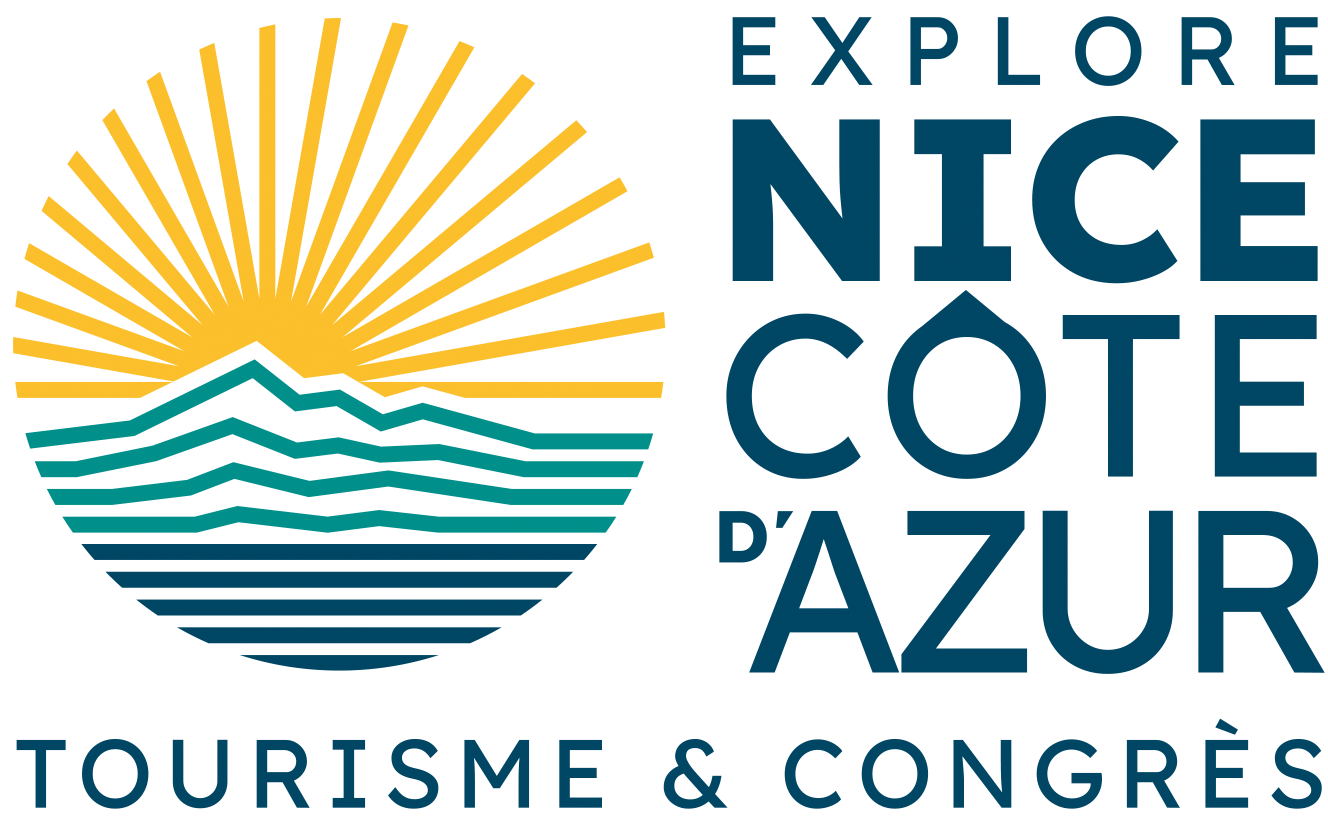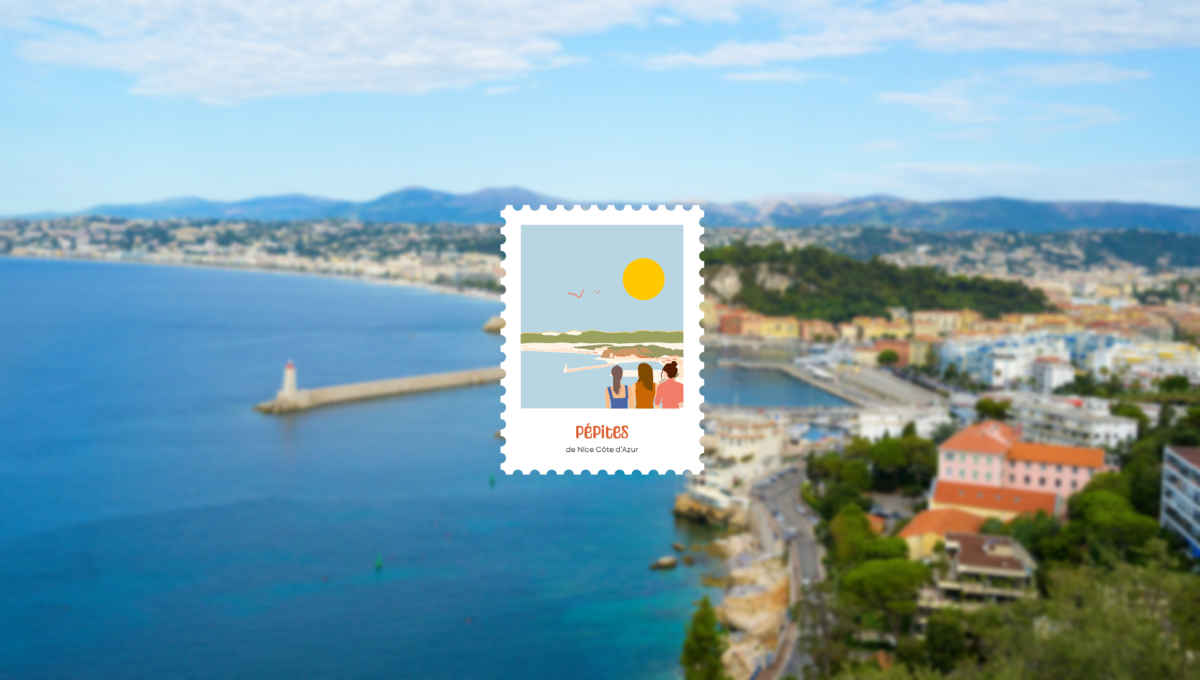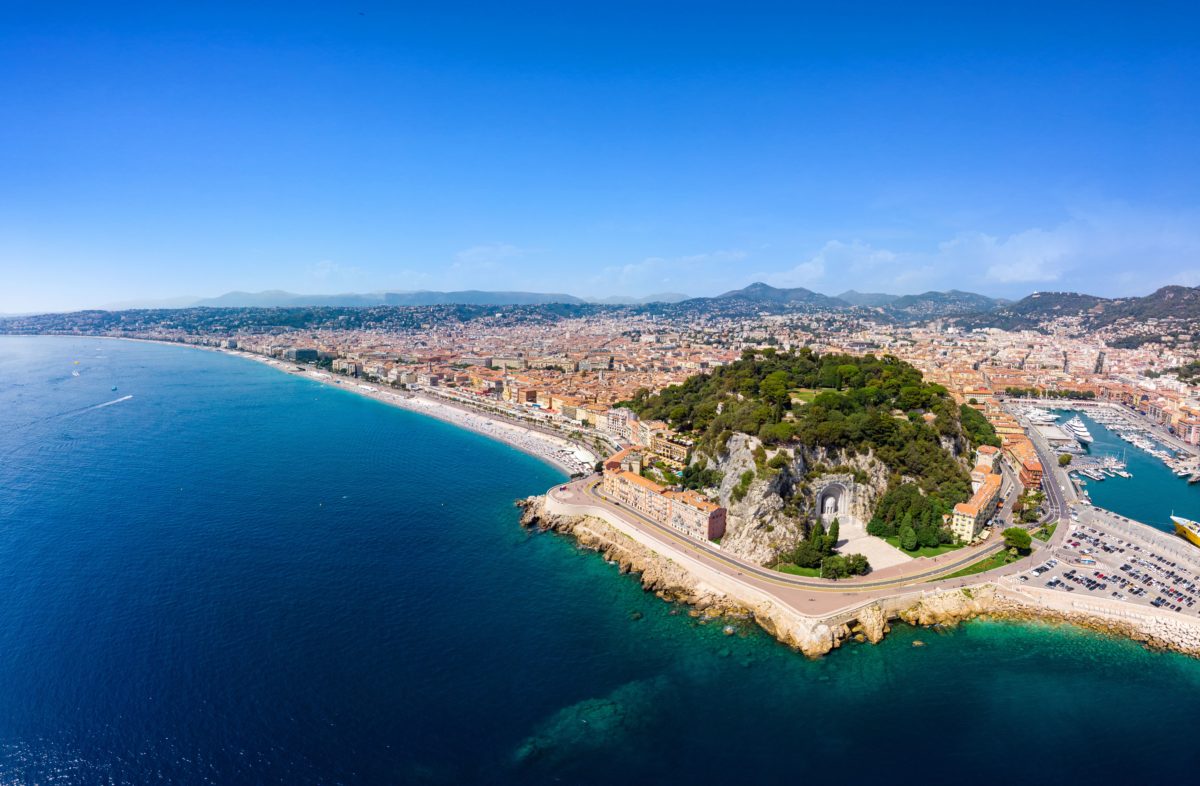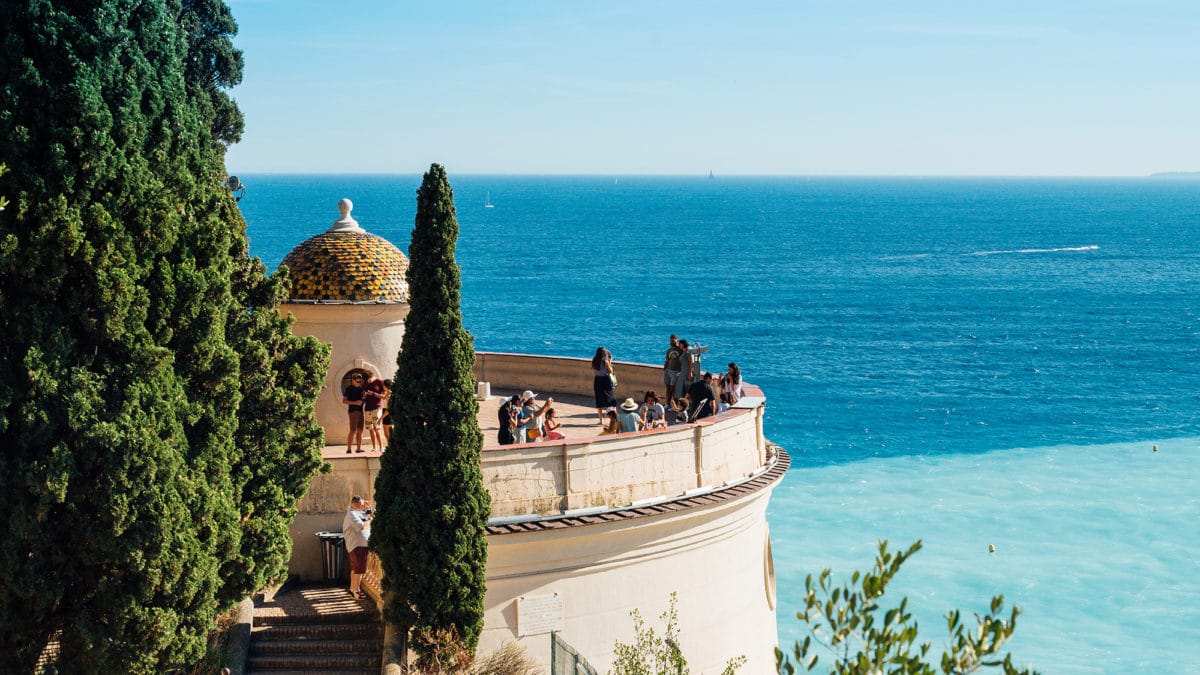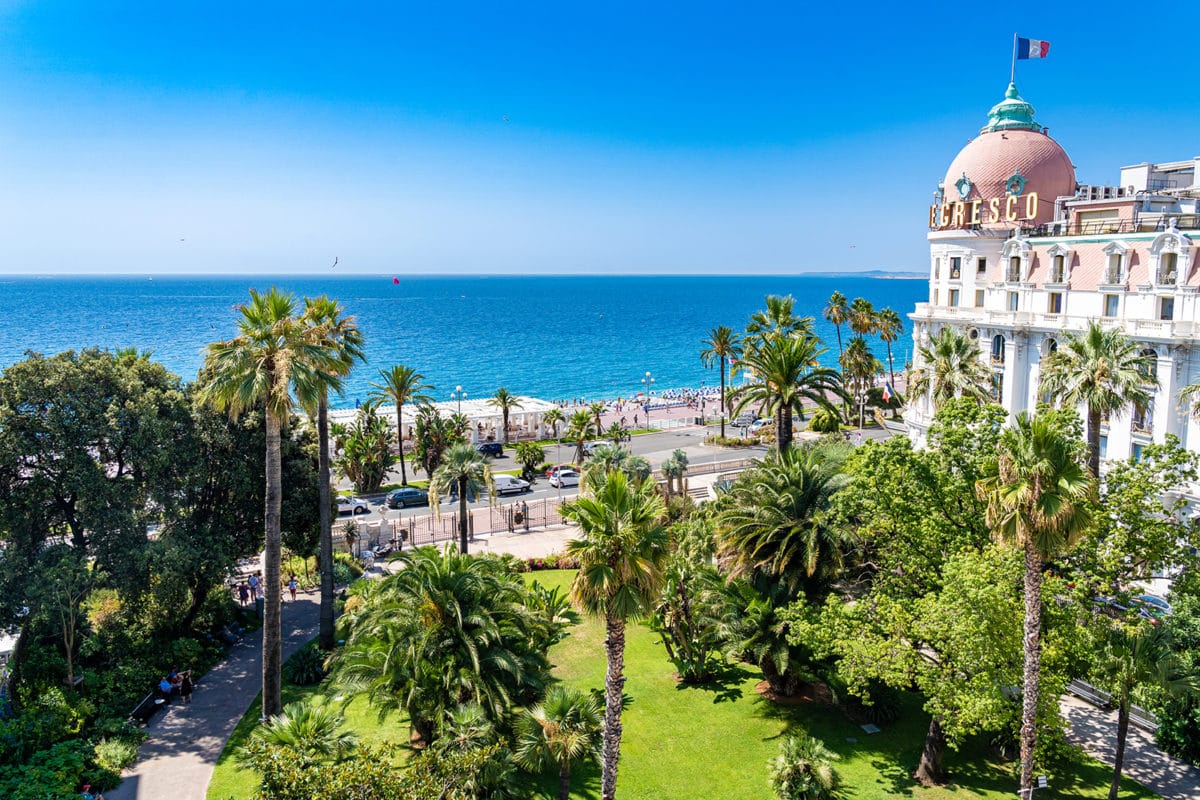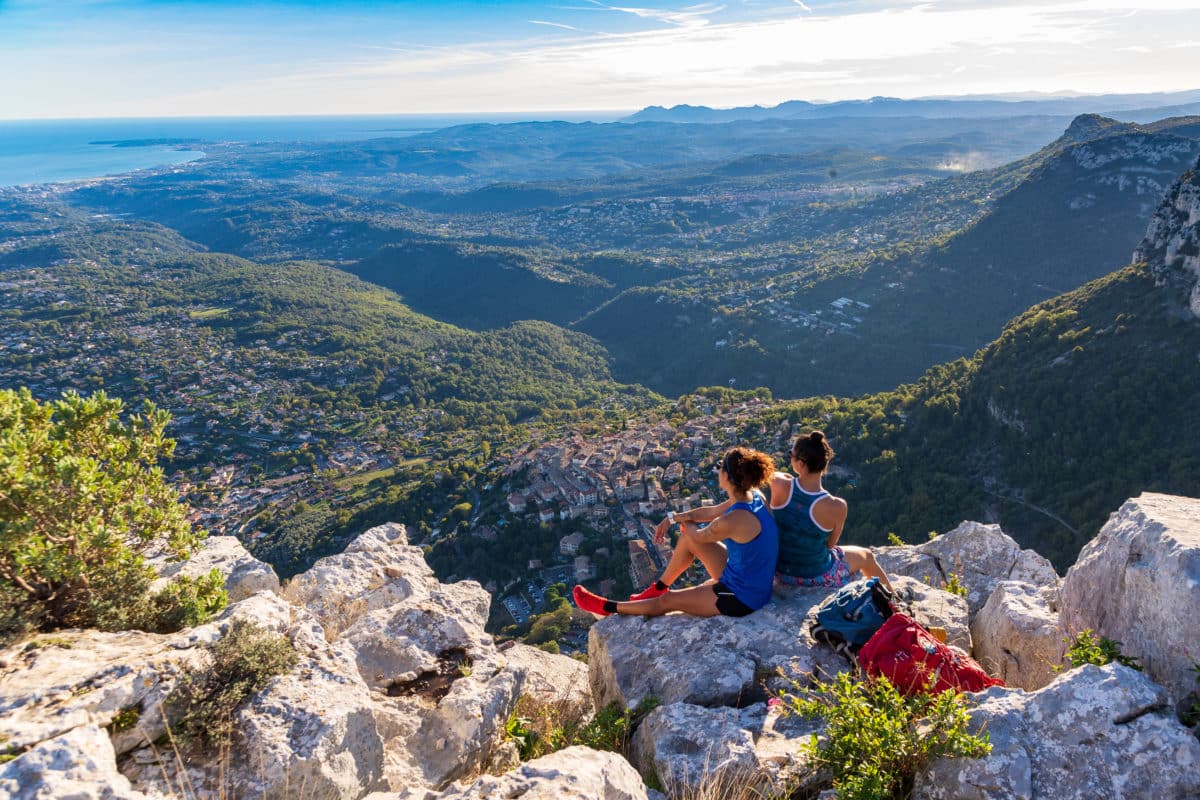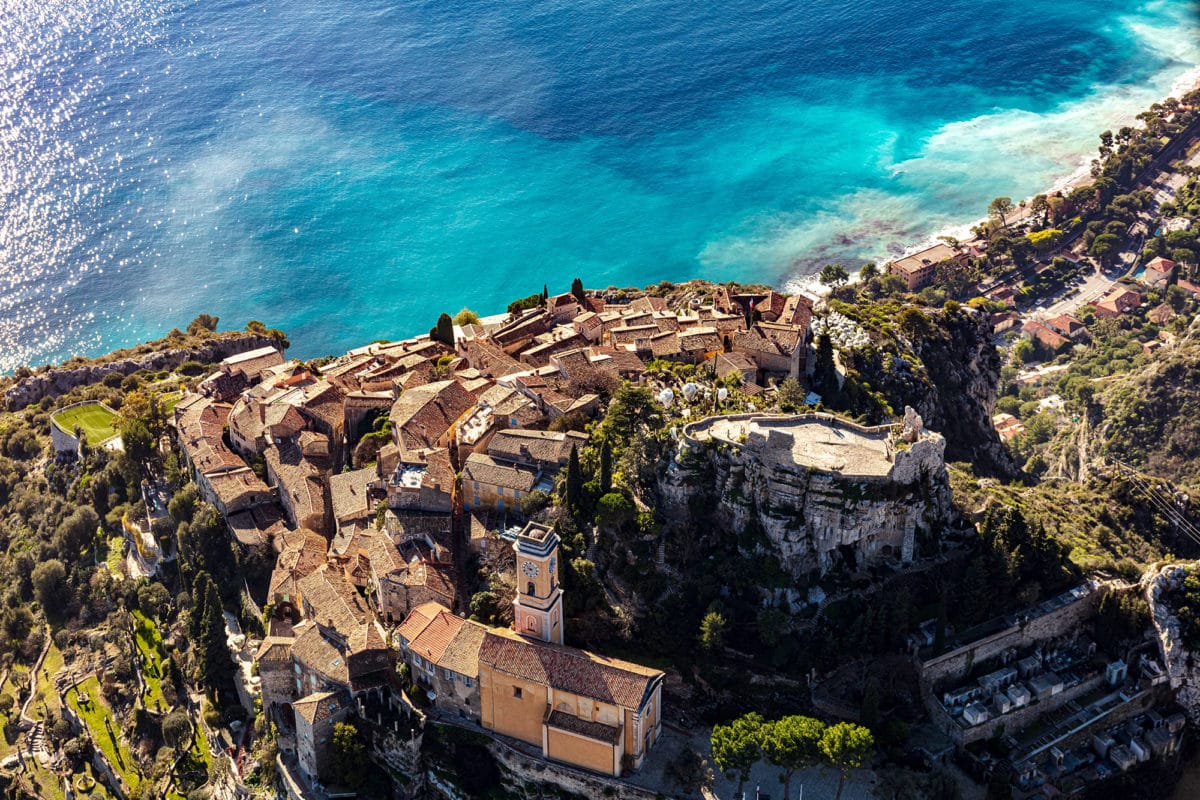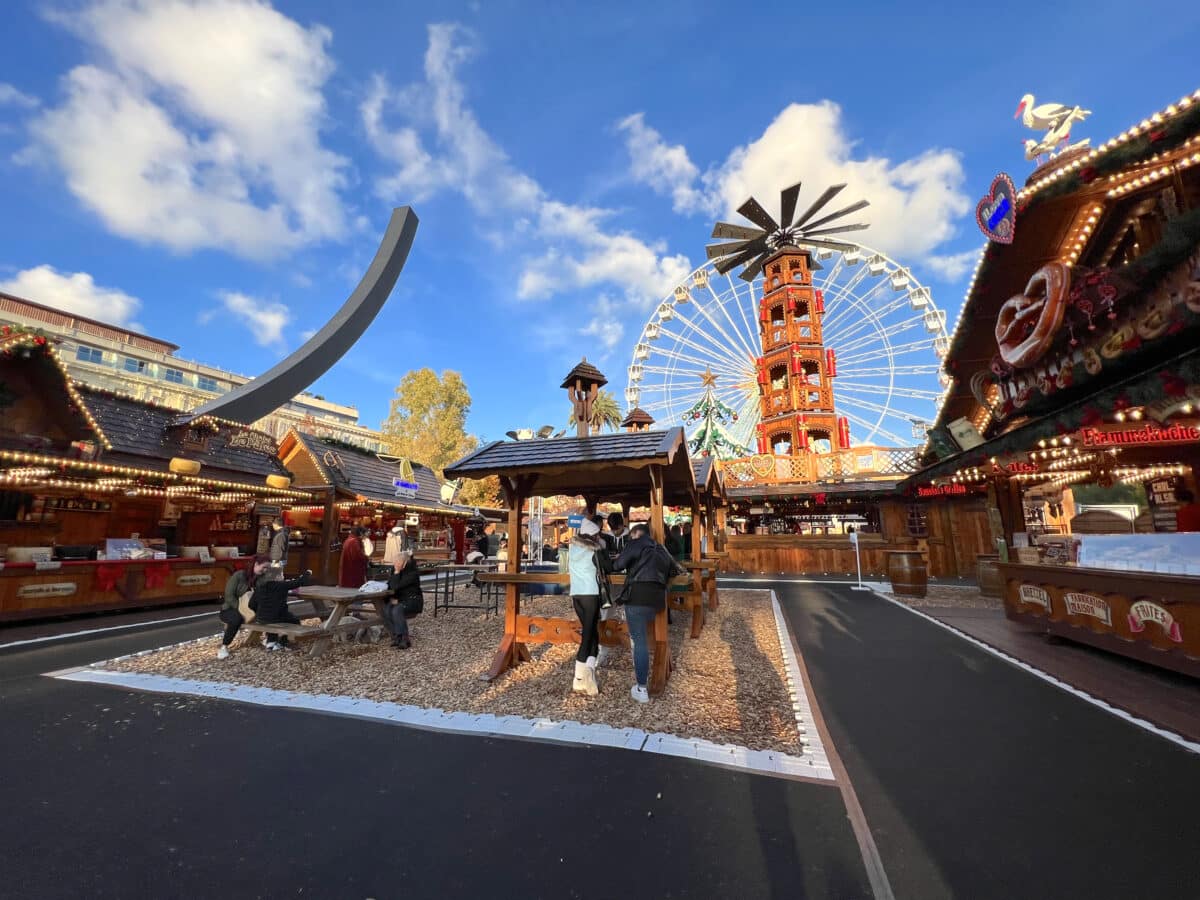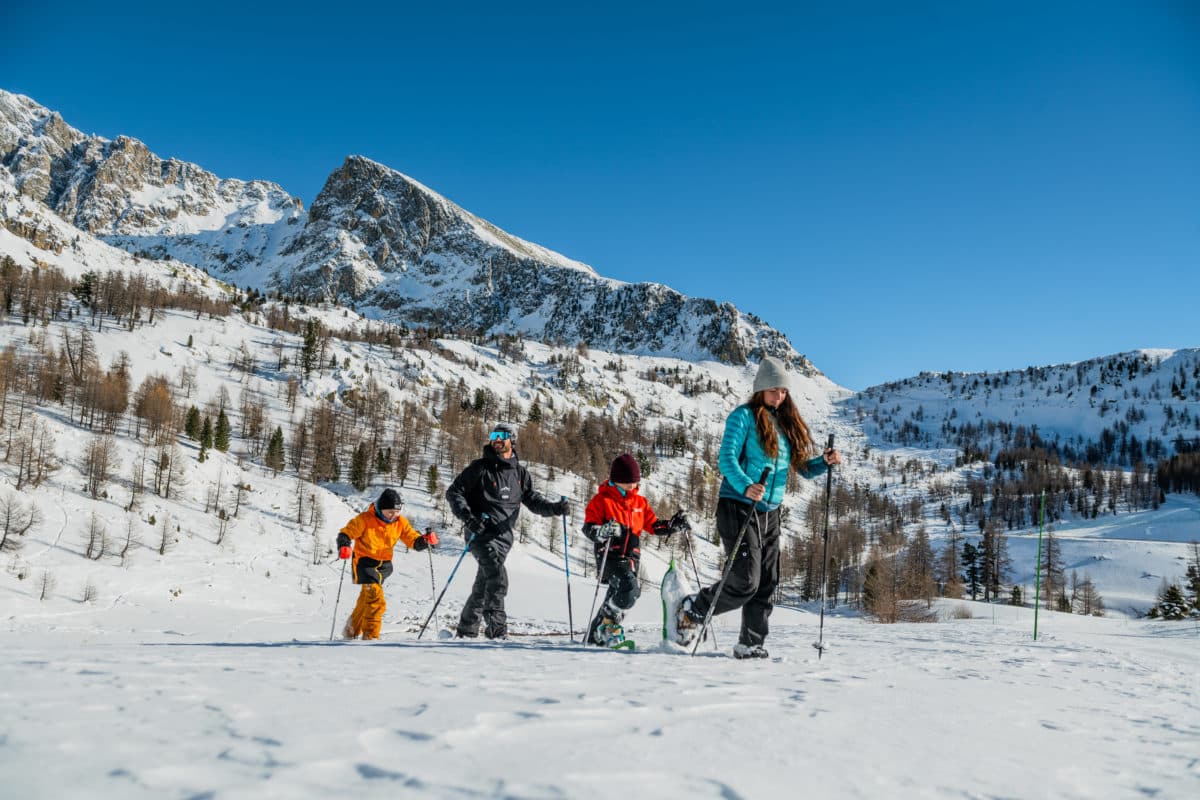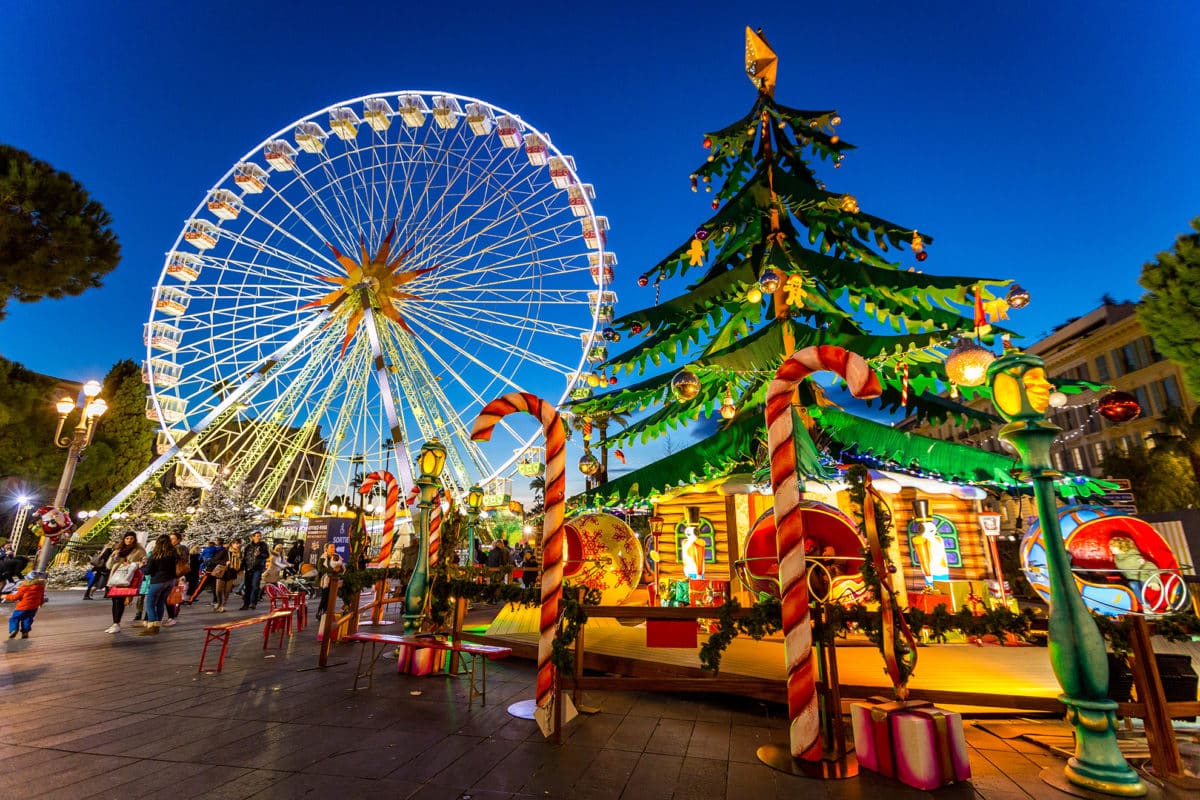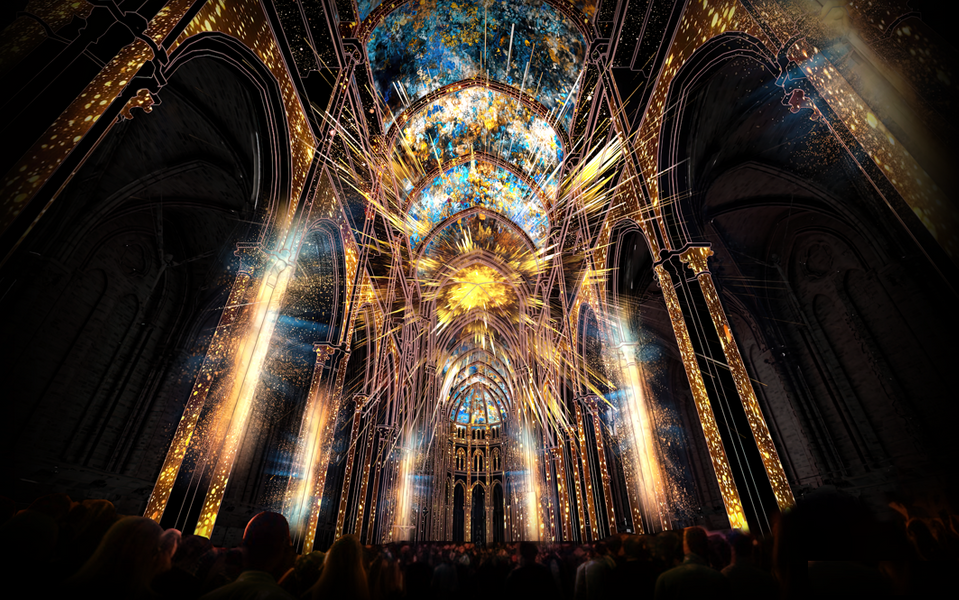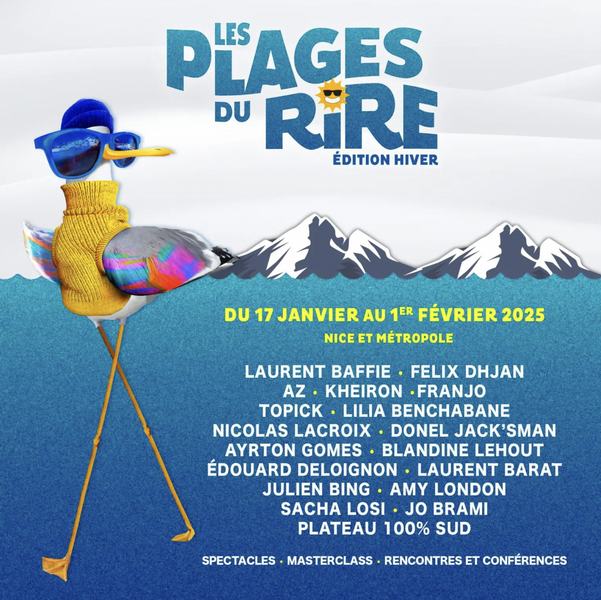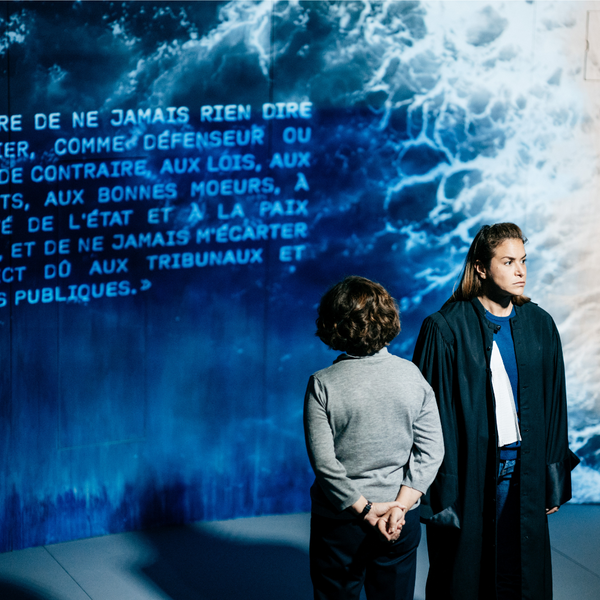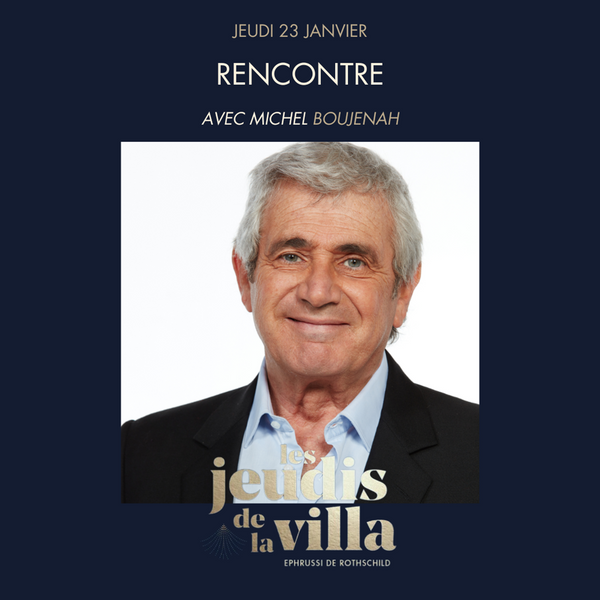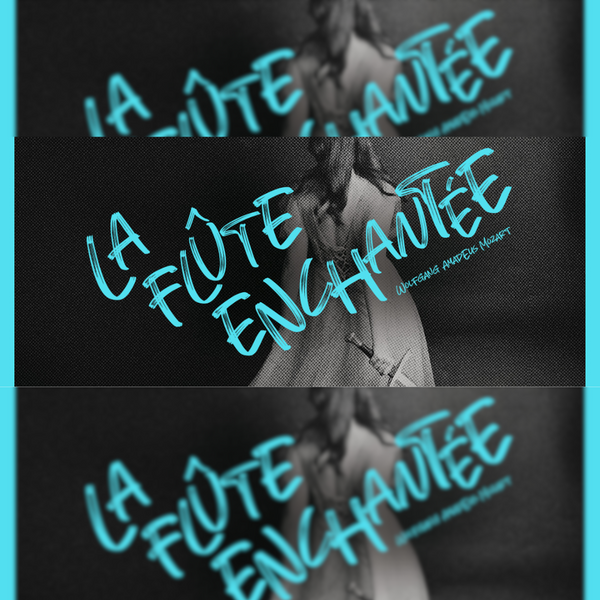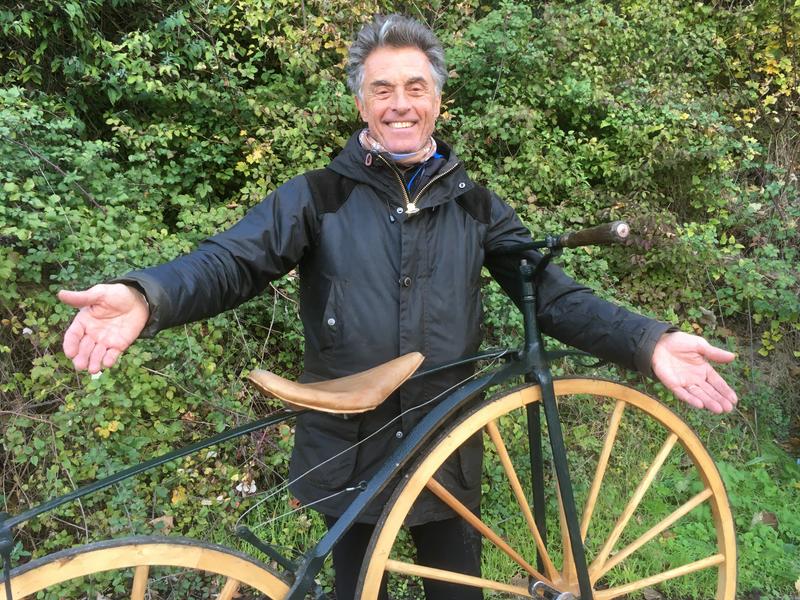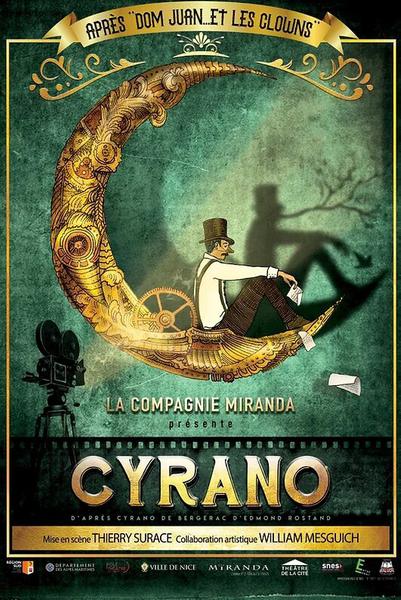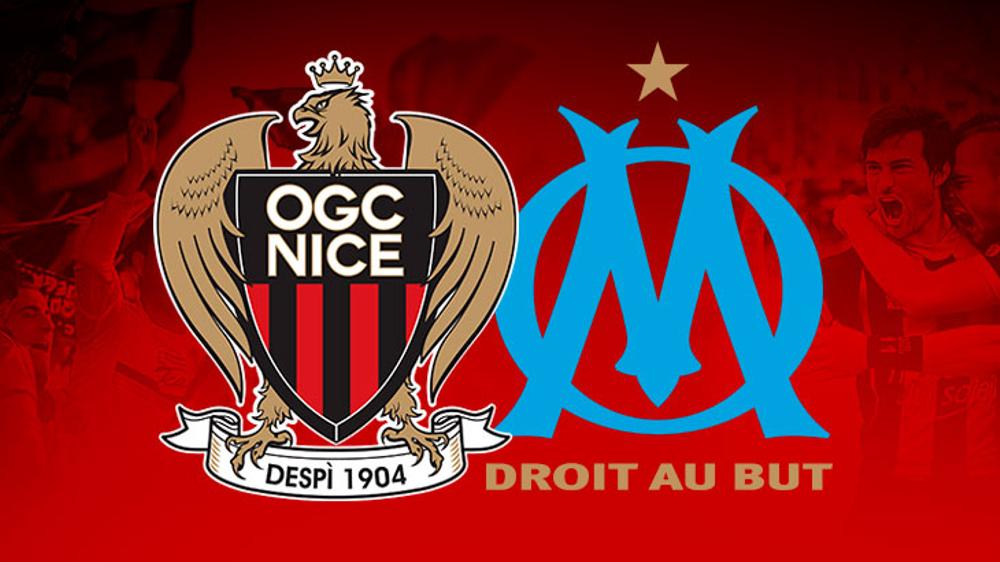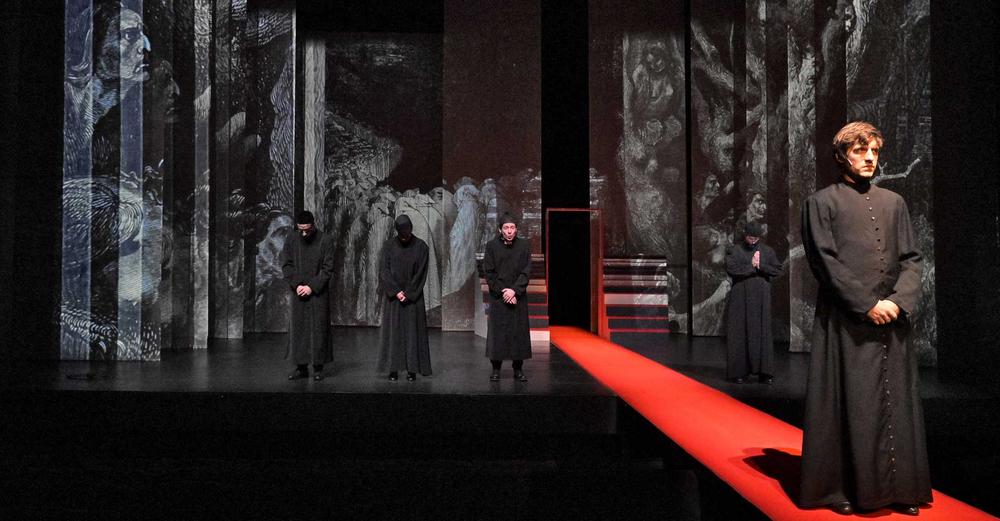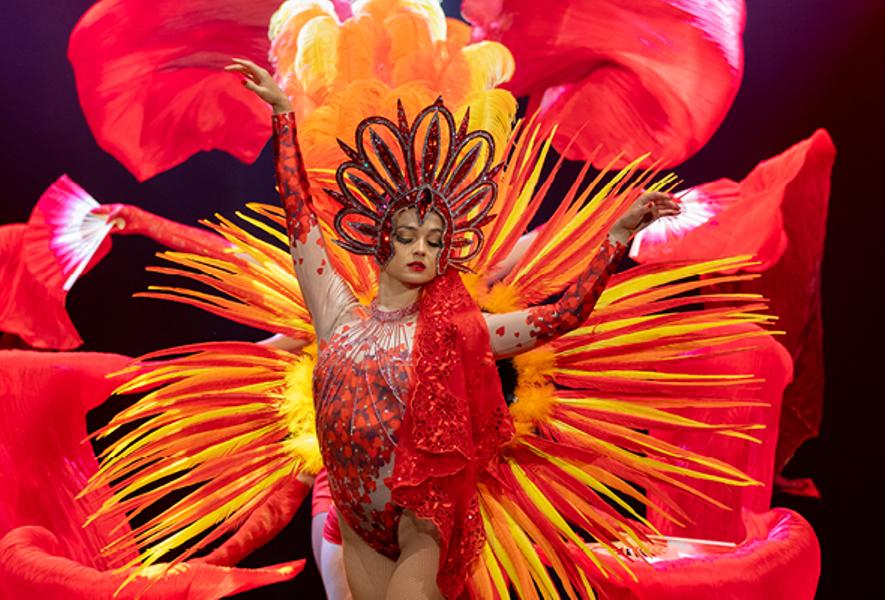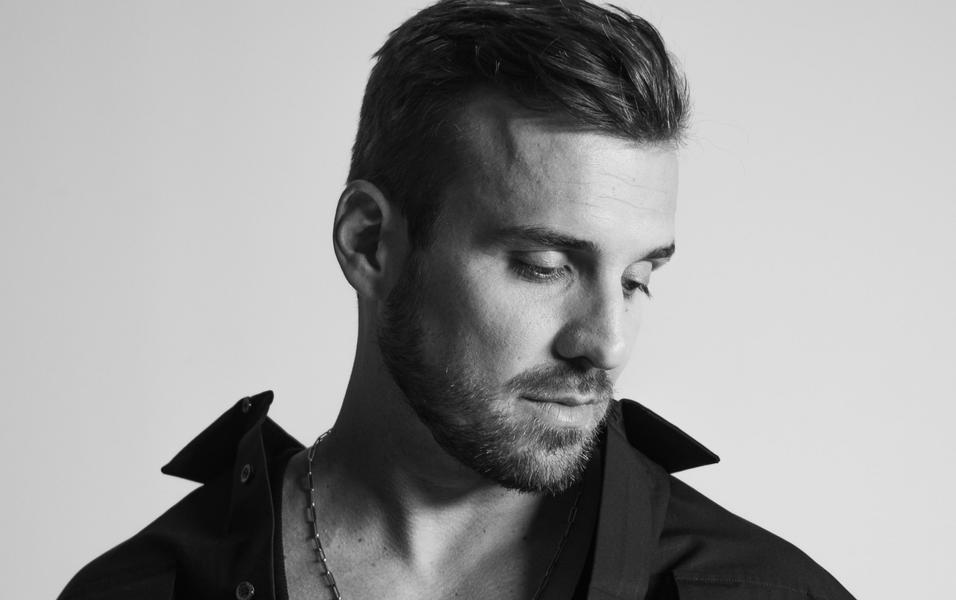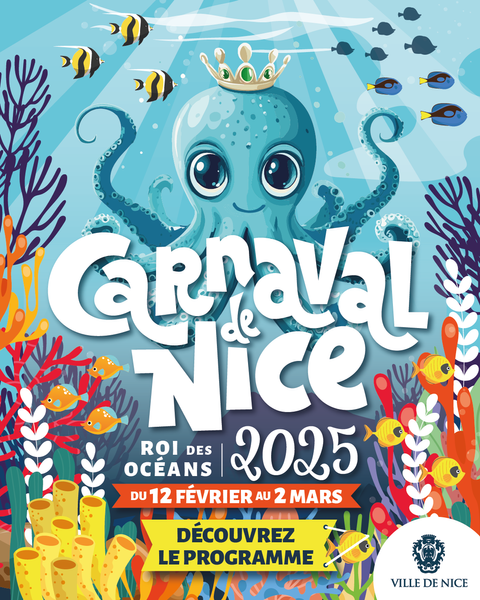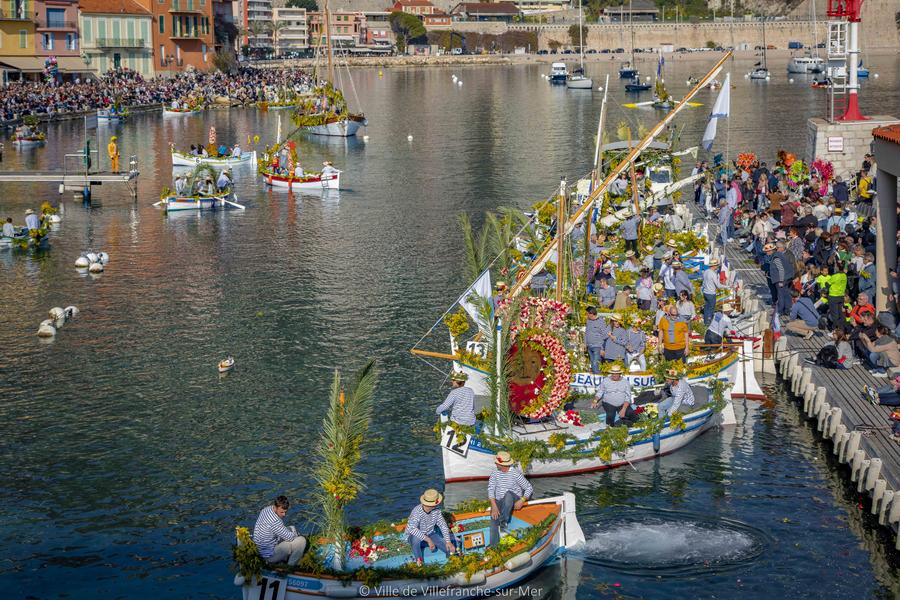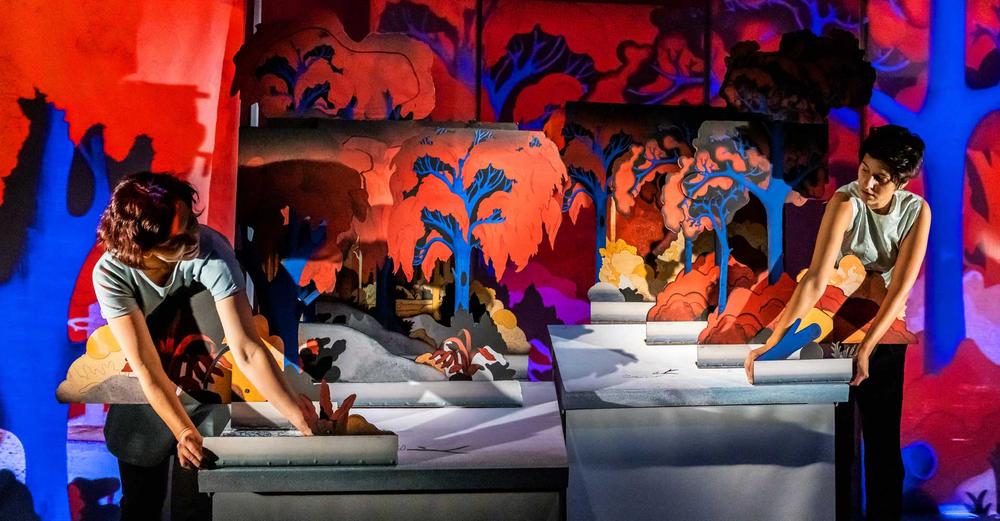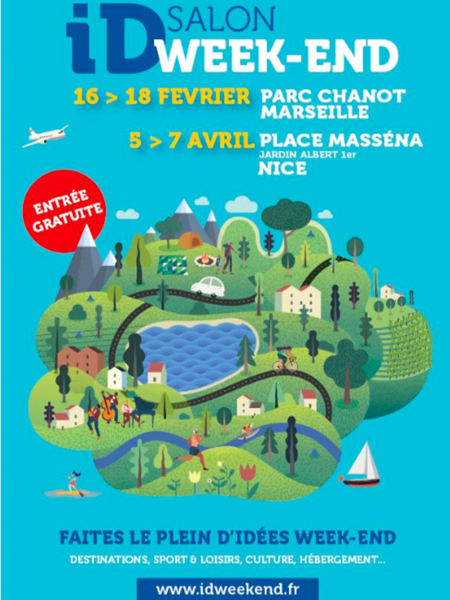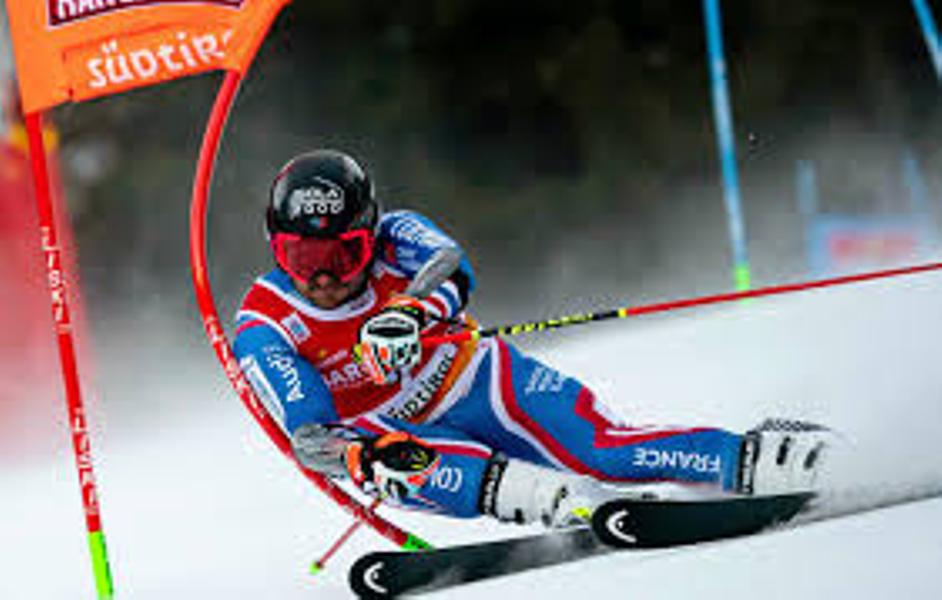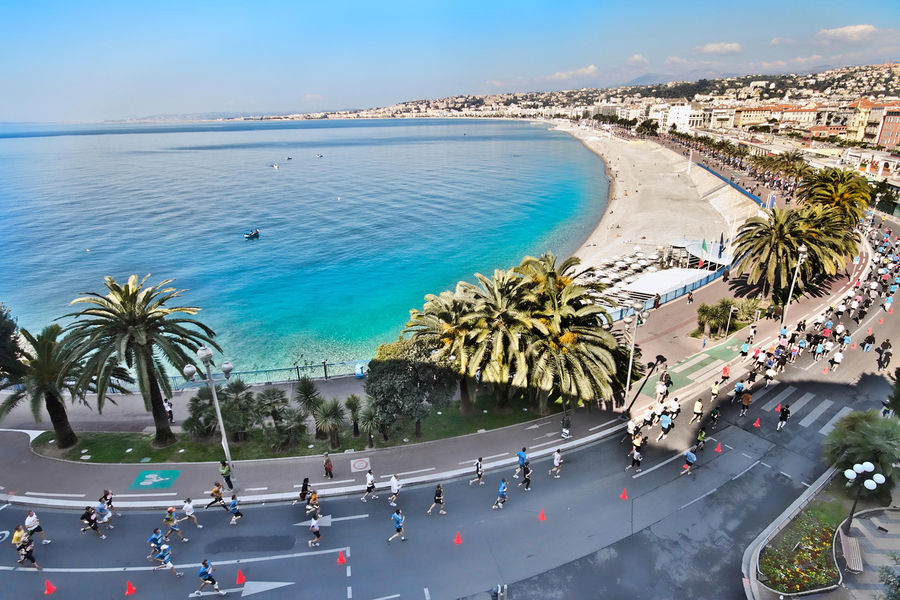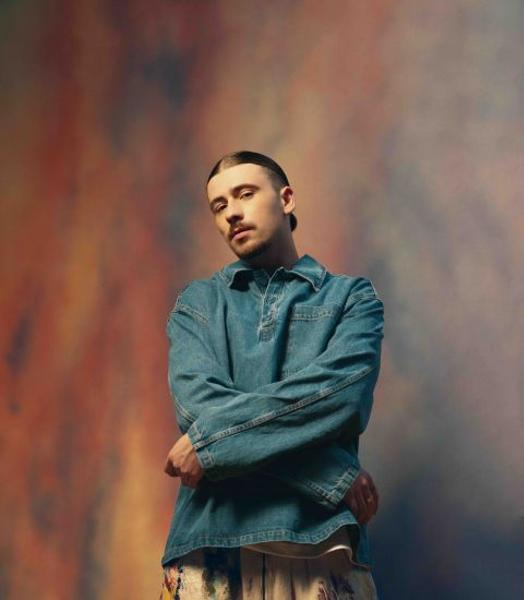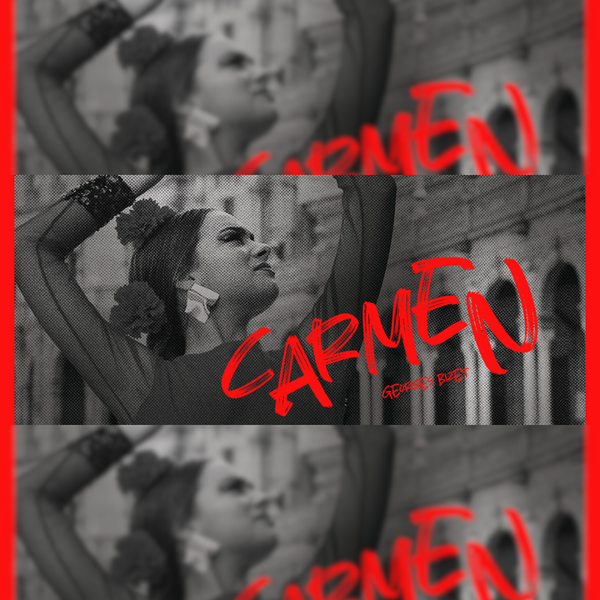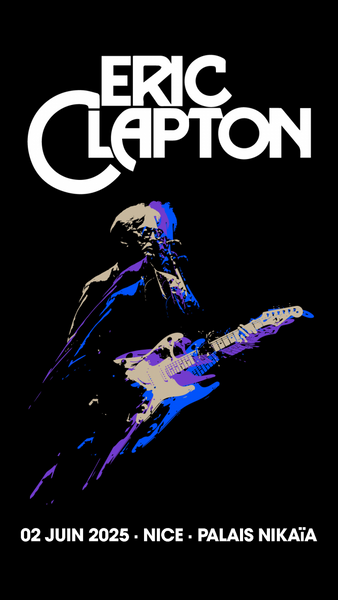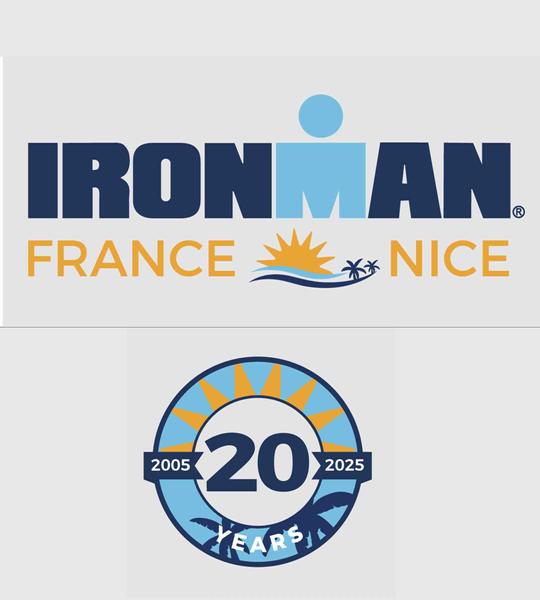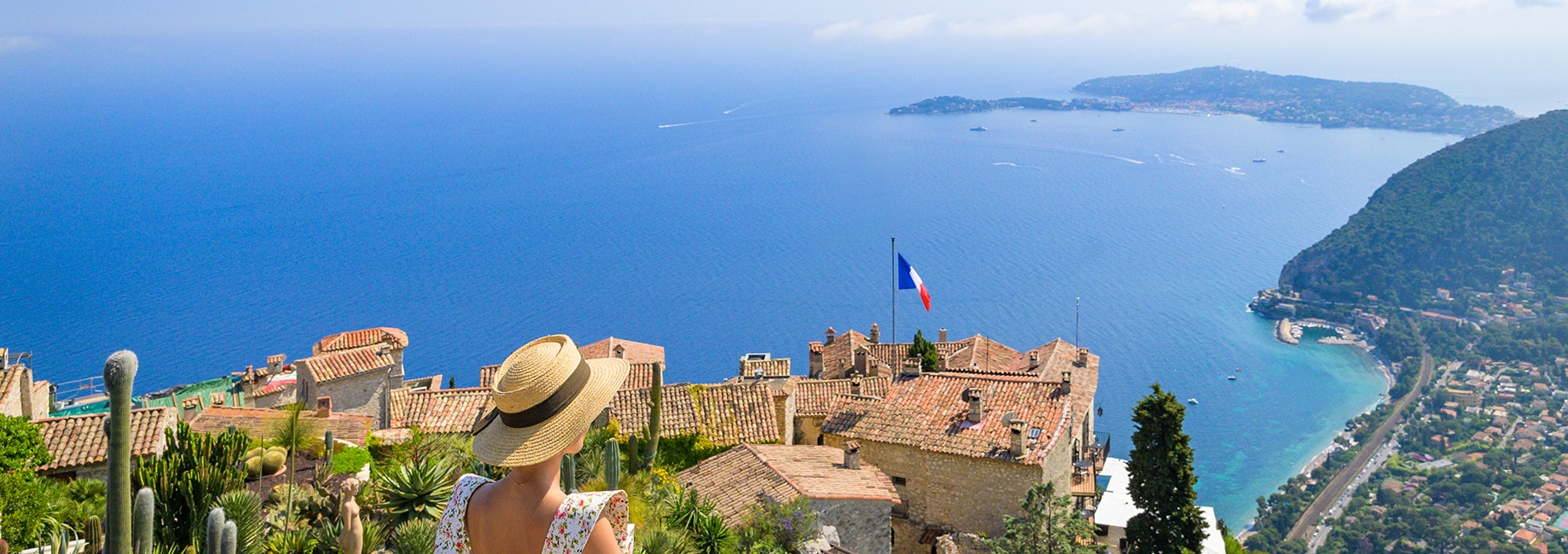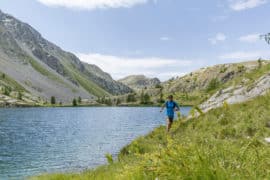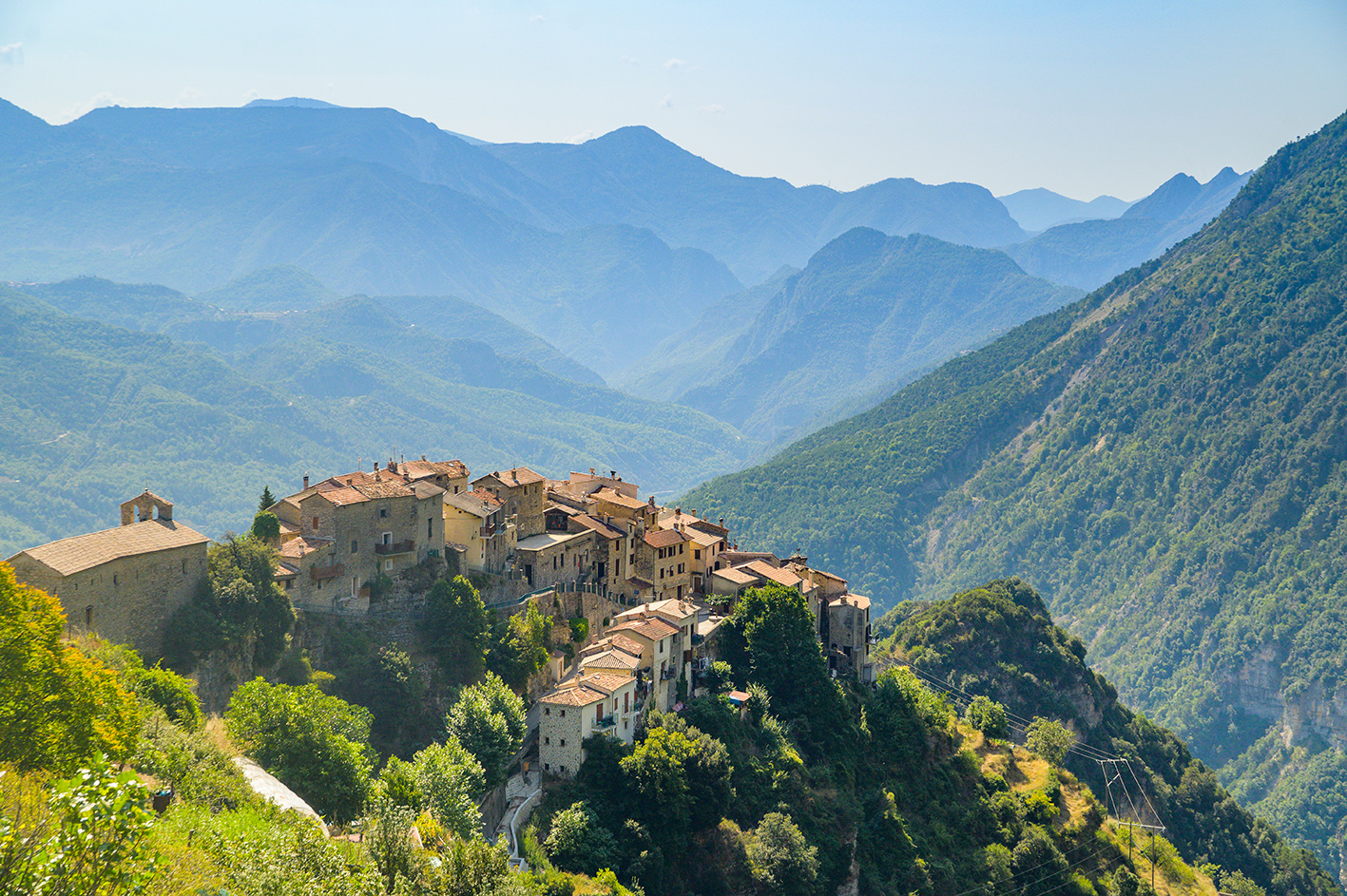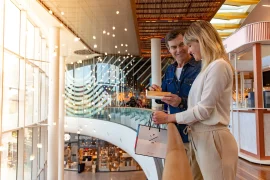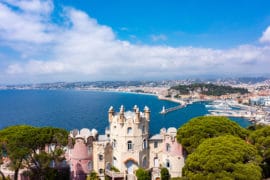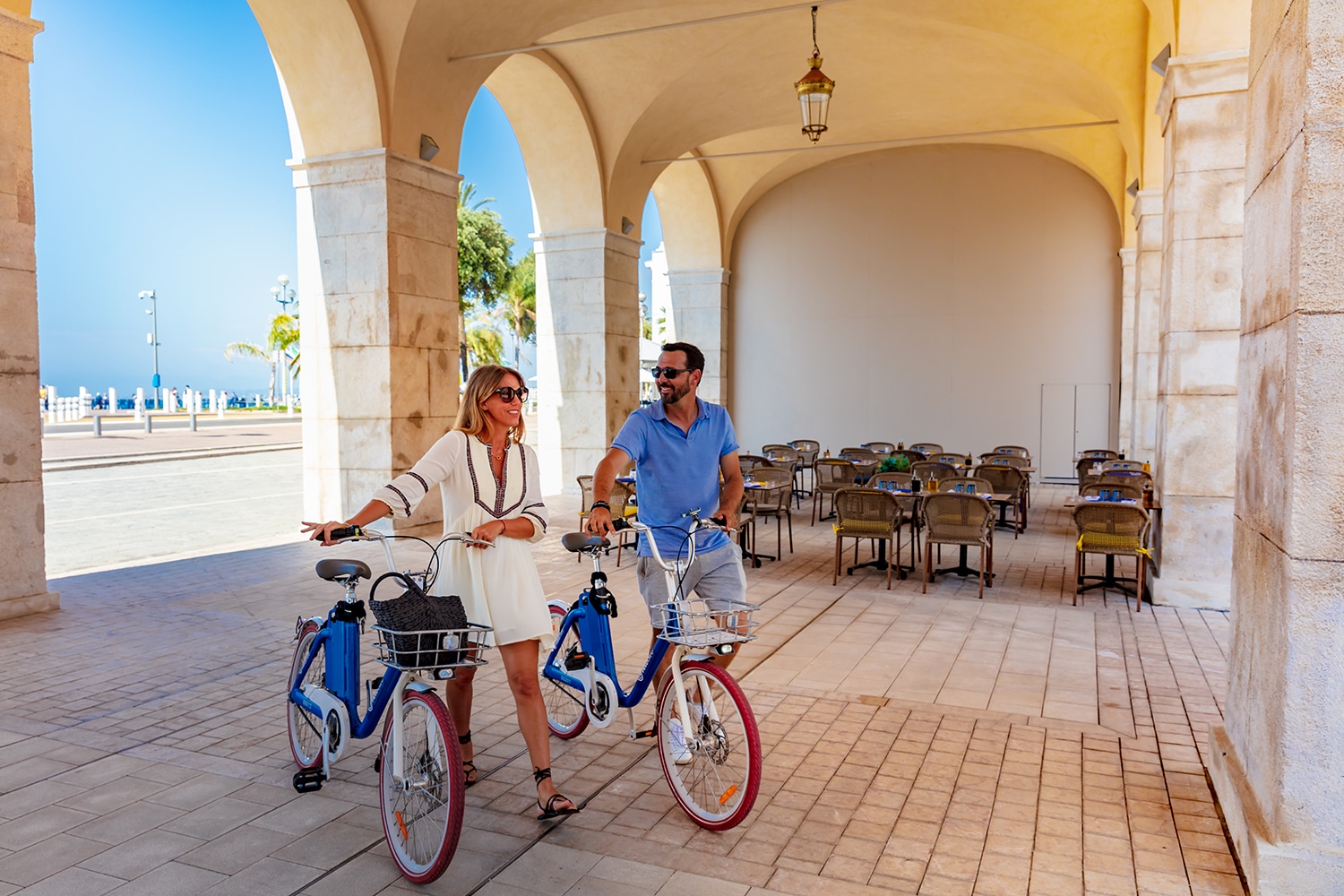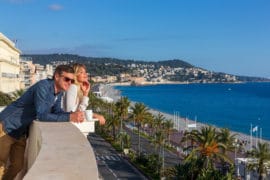NOT TO BE MISSED

Visit more and spend less !
Whether you are a museum enthusiast, a thrill seeker or just want to save money, the French Riviera Pass will satisfy all your desires.
Stroll around and enjoy exclusive advantages and discounts on a list of addresses recommended by the Convention and Visitors Bureau.
For 24, 48 or 72 hours, discover Nice, Beaulieu-sur-mer, Saint-Jean-Cap-Ferrat, Eze, Cagnes-sur-mer, Antibes and the Principality of Monaco in complete freedom.
FRENCH RIVIERA PASS is THE essential companion for your stay.
Nice
The capital of the Côte d’Azur, Nice is the perfect embodiment of the gentle way of life: the blue of the Mediterranean, the wonderful light that can only be found here, breakfast on a sunny terrace, a quiet stroll through the narrow streets of the old town and much more!
The coastal area, natural beauty
The unspoilt coastline is turned towards the Mediterranean and its pleasures: creeks, beaches and sea beds rhyme with sailing, water-skiing or scuba diving.
The towns along the coast are bustling with activity both day and night: gastronomy, shopping, culture, events, everything is there!
The mid country, calm and serenity
Not far from the shores of the Mediterranean, this territory offers a haven of calm, coolness and serenity.
The villages, nestled in green spaces or clinging to the cliffs like eagle’s nests, offer visitors the chance to stroll through their charming streets.
The high land, magnificent landscapes
The fortress of the metropolitan area, with its mountainous massif culminating at 3,143 metres, has been sculpted by nature over the centuries into grandiose landscapes.
Villages, built on the rock or harmoniously spread out in the valleys, offer the authenticity of a jealously guarded heritage.
TRAVEL BLOG
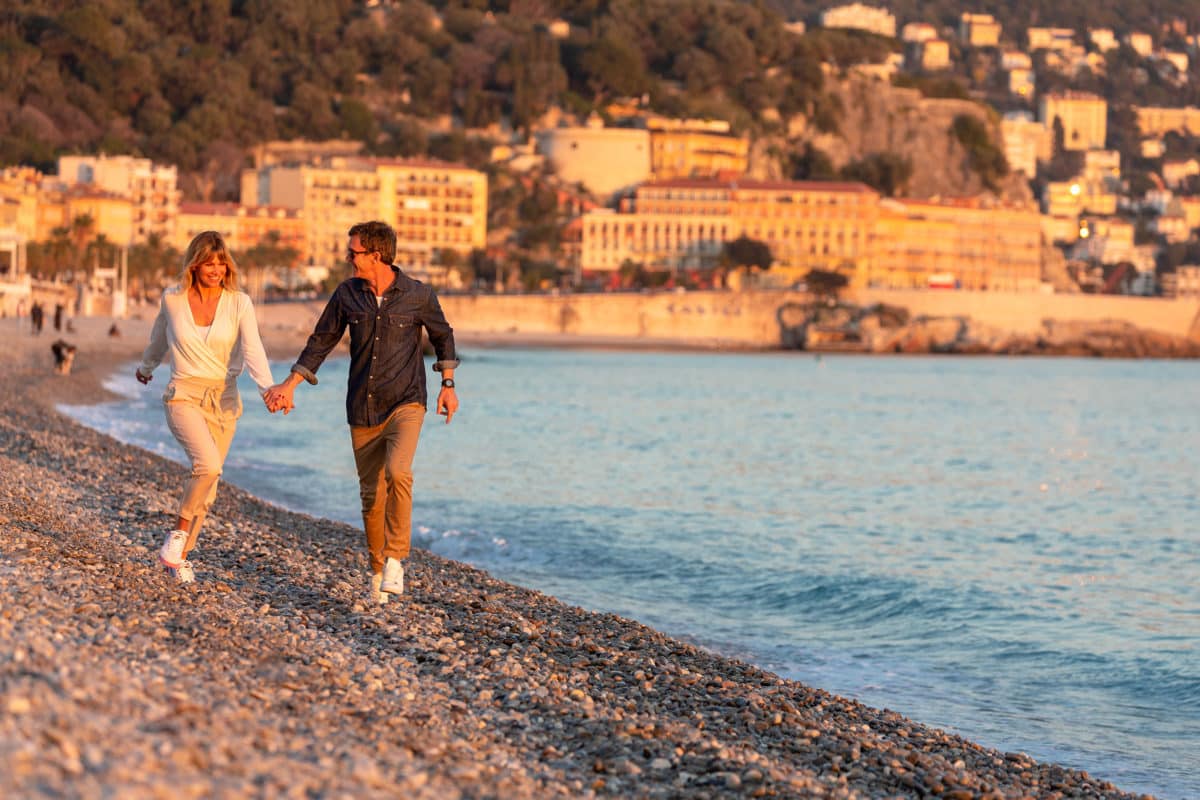
My top reasons for visiting Nice in winter
Come to Nice in winter, a bright and seductive idea!Treat yourself to a few days in Nice, outside the peak tourist season. The Côte d’Azur capital invites you to enjoy its enchanting…

